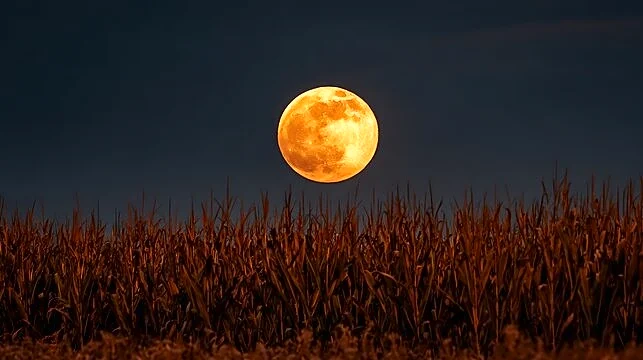What's Happening?
As fall progresses, much of the United States has already experienced peak fall foliage, with vibrant colors fading in many regions. However, according to a map from Smokymountains.com, there are still
areas in the southern and eastern parts of the country where peak colors can be seen. These areas include southern and eastern Kansas, southern California, southern Arizona, southern New Mexico, northwestern Texas, northern Oklahoma, most of Arkansas, western Tennessee, northern Mississippi, northern Alabama, southern Georgia, southern and eastern South Carolina, and eastern North Carolina. The map, which is not 100% accurate, serves as a guide for travelers seeking to experience the seasonal change in leaf colors. The Farmer's Almanac notes that leaf color changes typically occur from mid-September through early November, with peak times in the second and third weeks of October.
Why It's Important?
The changing colors of fall foliage are a significant draw for tourism in many regions, impacting local economies as travelers seek out scenic views and outdoor activities. The ability to predict and locate peak foliage times can help boost tourism-related businesses such as hotels, restaurants, and local attractions. Additionally, understanding the timing and location of peak foliage can aid in planning for conservation efforts and educational programs related to environmental changes and plant biology. The map provides a valuable tool for both tourists and local businesses to maximize the seasonal benefits of fall foliage.
What's Next?
As the fall season continues, regions that have not yet reached peak foliage will soon experience the vibrant colors, offering additional opportunities for tourism and local engagement. Businesses and local governments may continue to promote these areas to attract visitors. Additionally, environmental and educational organizations might use this period to highlight the importance of preserving natural landscapes and understanding ecological changes. The map will continue to be updated to reflect changes in foliage patterns, providing ongoing guidance for travelers and stakeholders.














